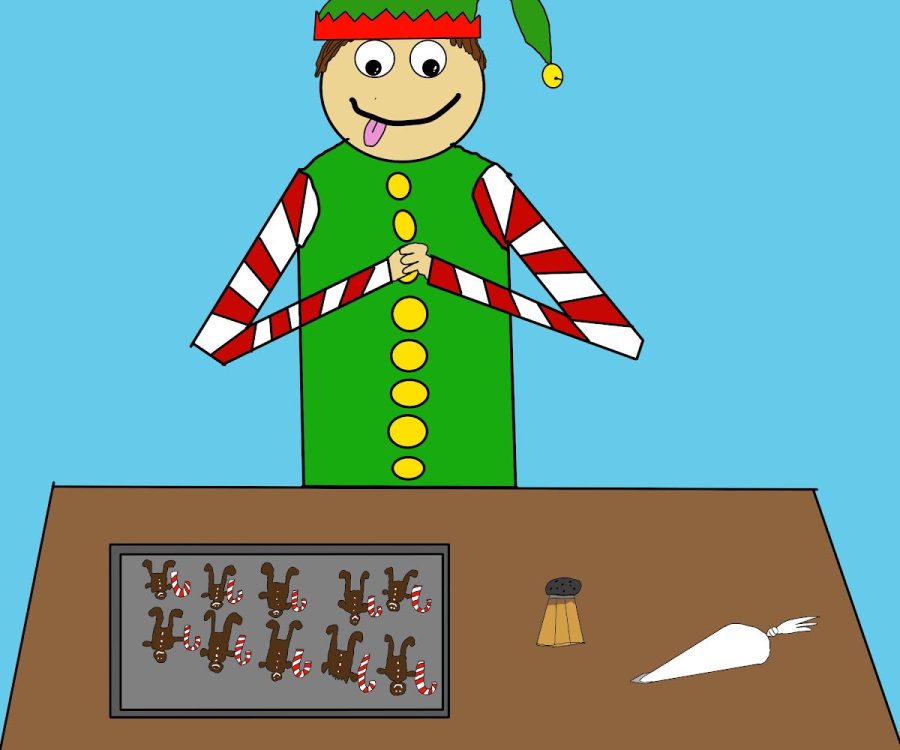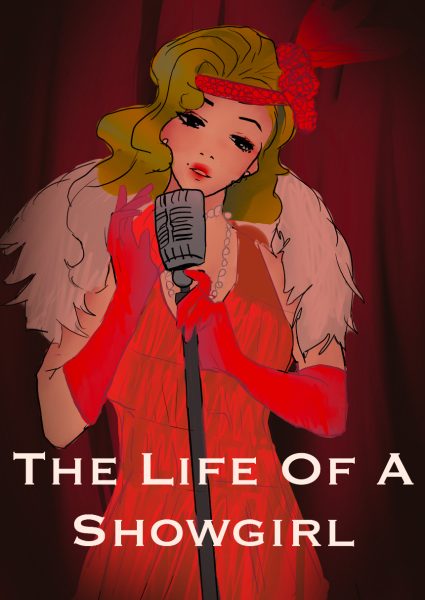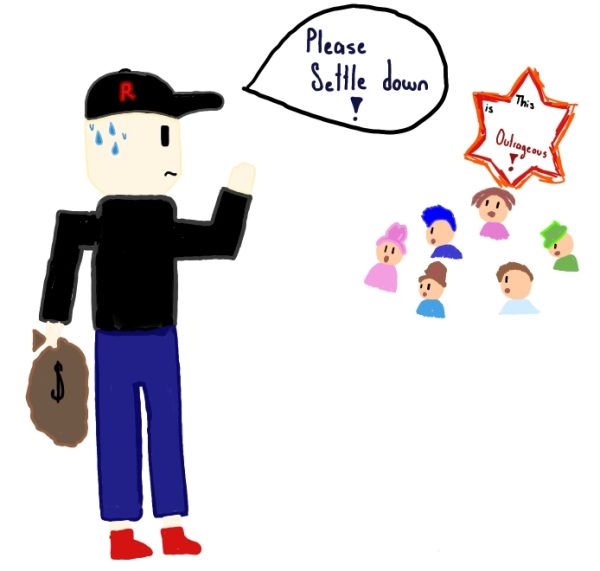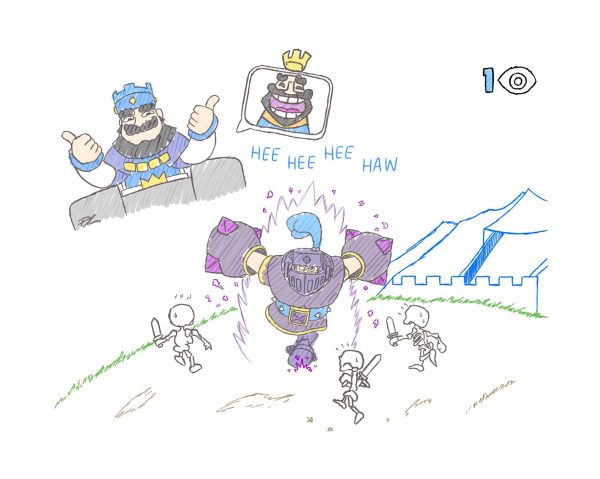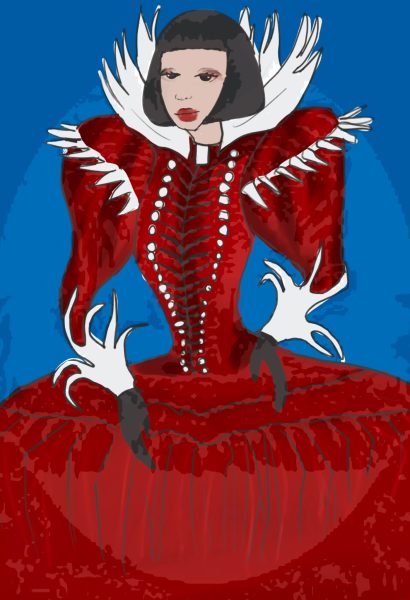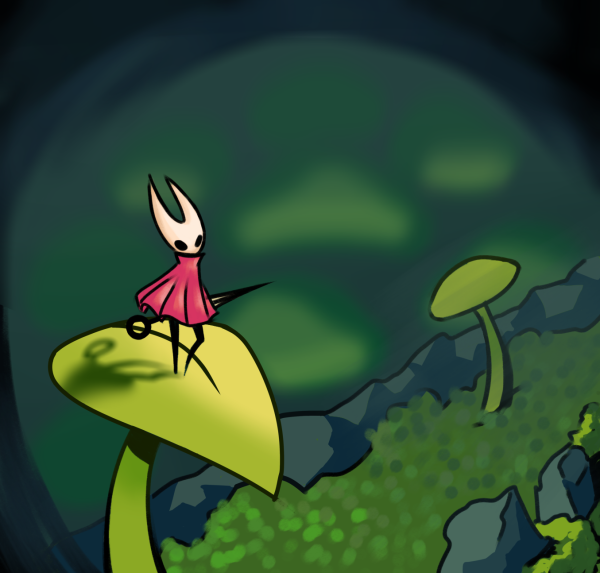Educate ‘your-elf’ on the history of Santa’s little helpers
December is here, meaning it is almost Christmastime. A lot of work and dedication goes into making a great Christmas from the lights to the trees to the presents. But who’s behind it all? Here’s a hint: these guys are small and help the legendary Santa Claus with his Christmas duties. That’s right, it’s the elves!
These little guys are said to work all year round in order to make Christmas perfect for all children. However, elves have more of a backstory than just making presents. Historically, elves are said to be shape-shifters, with a tiny human-like appearance and wings. They are known to live in big forests away from human civilizations.
Sometimes elves get mixed up with leprechauns and fairies. It is true that these creatures have similarities, like they all have magical powers and are small, but there is a major difference between them. The difference is that elves come from Norse mythology, while fairies come from Greek mythology and leprechauns come from the Irish. Norse mythology belongs to the North Germanic people and is based upon medieval manuscripts, archaeological representations, and folk tradition. These sources consist of a variety of deities and mysterious creatures, such as elves.
Elves have been given a reputation of being pranksters and troublemakers. They are also known to take terrible revenge, like stealing from or harming humans who offend them. However, as elves grew to popularity, they were seen less of a threat and more of a friendly being. The elves, being the magical, mystical creatures they were, found their way into literature and pop culture. Many famous writers created literature featuring these small creatures, for example William Shakespeare in his play “A Midsummer Night’s Dream” and J.R.R. Tolkien in his multiple fantasy novels, including “Lord of the Rings.”
Due to many stories and poems throughout the 1800s, elves became a huge part of Christmas tradition. Even though Shakespeare’s play “A Midsummer Night’s Dream,” which featured elves, was produced in 1594, the mischievous creatures still needed a trending piece of literature to get their popularity on the rise. In 1822, with Clement Clar Moore’s poem, “The Night Before Christmas” premiered and quickly became the most well-recognized holiday poem in American pop culture. In this poem, Santa Claus calls himself a “right jolly old elf,” giving many people an idea to create elves working alongside Santa Claus. Ever since that introduction, elves have been a major part of Christmas tradition for families all over the world.
Your donation will support the student journalists of Saint Viator High School. Your contribution will allow us to purchase equipment and cover our annual website hosting costs.



